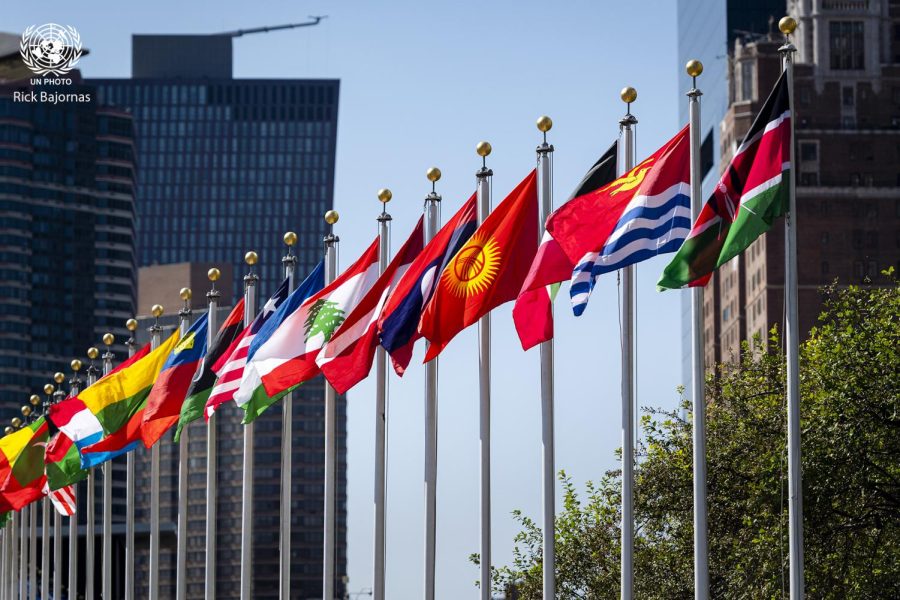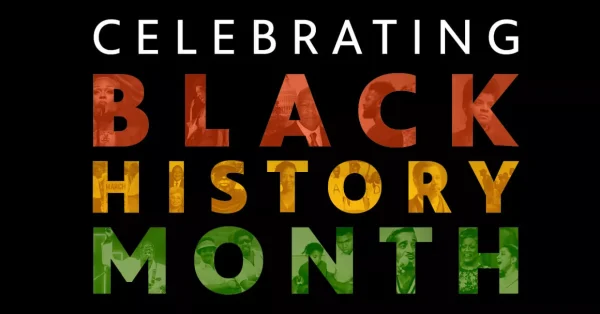International Immigrants Day & Its Meaning
Sunday, December 18th marked International Immigrants Day. It is a day set aside by the United Nations to recognize the achievements and accomplishments of immigrants, whilst highlighting the many struggles they faced in their journey to America and their integration into American life. A national organization created by the UN known as the Global Compact for Safe, Orderly, and Regular Migration (GCM) has committed to promoting a humane management of immigrants for the benefit of all, something the organization reaffirms every year on this day.
Immigration is hardly a new development. People have been coming to America for centuries, many to start a new life, viewing America as the “land of opportunity”. The term “first generation American” has been used frequently to describe the identities of people born to immigrant parents who are now residing in the United States. Immigrants have brought with them not only their hopes and dreams for a new life in the States, but also their culture, their languages, their experiences, and their ideas – all of which have contributed to making America a diverse place, a “melting pot” of cultures and people.
However, many immigrants are fleeing from an unimaginable reality back home–wars, conflicts, natural disasters, food and house insecurity, the effects of climate change, and many other devastations. Regardless of their reason for immigrating, migrants and refugees made up 14% of the American population in 2019, forming a group of people that are often marginalized, some that face continued discrimination and abuse daily. Many of the misconceptions or stereotypes of immigrants have been fueled by politics; immigration continues to be a very political issue that separates two of the major political parties.
One example of a stereotype regarding immigrants is that they are taking jobs and driving down wages for native-born Americans. However, according to the US Chamber of Commerce, immigrants do not normally compete for jobs with native-born workers, especially because many start their own businesses; immigrants are twice as likely to become entrepreneurs than native-born people. In addition, many immigrants and native-born workers have different strengths that are not interchangeable, therefore they are suited to different professions and areas of work.
Another stereotype regarding immigrants is that they incite crime. Contrarily, according to reports done by the FBI, an increase in immigration actually has shown an overall decrease in the rates of crime in the US. Crime rates as a whole tend to be lower in the top ten states with the highest immigration growth. In addition, since 1990, as the percentage of immigrants has increased 5.2% (including a rise in population of undocumented immigrants to 11.2 million), violent crime has decreased by 48%.
In fact, there are many immigrants who have gone on to lead some of the most successful careers after they came to the US. Some examples include Madeleine Albright who immigrated from the Czech Republic and became the US Secretary of State from 1997 – 2001. Another example is Anouseh Ansari, who immigrated from Iran to become the first female tourist to be in space as well as the first Iranian woman and Muslim woman to fly in a spaceship. There is also Mila Kunis who immigrated from Ukraine to become a famous actor and who has starred in many well-known movies. These are just a few of the many examples of immigrants who have come to the US and had a profound impact on our nation, as well as demonstrating that immigrants are able to flourish and build lives for themselves here, something they may not have had the opportunity to do if they had not immigrated.
However, despite this evidence that immigrants do contribute to society and are not harmful to native-born Americans or the economy whatsoever, there were still increasingly tighter restrictions around immigration up until recently. During the Trump Administration, the amount of legal immigration into the United States was cut in half (reduced by 49%). In June 2020, President Trump suspended the entry of people on an H-1B Visa – a visa that allows immigrants to be hired by employers in the US and come work in specialized jobs that require a Bachelor’s Degree or the equivalent, in fields such as IT, architecture, medicine, and many others. One of the most extreme laws passed under his administration was the “Zero Tolerance” policy – a policy that allowed any migrant crossing the border that was not at an official point of entry, even asylum seekers, to be detained and criminally prosecuted. This meant the separation of many migrant adults from their children at the border, and many migrants were kept in detention centers near the border for months on end, even years for some.
Under the new administration, President Biden has made efforts to encourage immigration into the United States. He rescinded the “Zero Tolerance” policy, whilst also making changes to allow more green cards to be given (after a sharp decline in the 2020 pandemic) and to allow undocumented immigrants to have a faster path to citizenship. He has continued to expand the immigration policies to allow the introduction of more immigrants through green cards and an eight year path to citizenship for an estimated 10.5 million undocumented immigrants currently in the States. Over 35 million immigrants work in the United States, many building families and new lives for themselves and future generations.
Immigration has been a continued source of debate amongst party lines, and in the future, we will most likely see the rescinding or passing of many new laws to either promote or reject immigration into the country. However, on this day, it is important to remember the sacrifices of many immigrants and the ways that they have shaped this country, making it the America that we see today.
Sources:
- https://www.refugeesinternational.org/reports/2018/7/31/trump-zero-tolerance-policy
- https://www.forbes.com/sites/stuartanderson/2020/08/26/fact-check-and-review-of-trump-immigration-policy/?sh=38359c9356c0
- https://www.un.org/en/observances/migrants-day
- https://www.americanimmigrationcouncil.org/research/immigrants-in-the-united-states
- https://www.boundless.com/immigration-resources/the-h-1b-visa-explained/
- https://www.pewresearch.org/fact-tank/2022/01/11/key-facts-about-u-s-immigration-policies-and-bidens-proposed-changes/
- https://www.metrofamilymagazine.com/four-stereotypes-about-local-immigrants/










